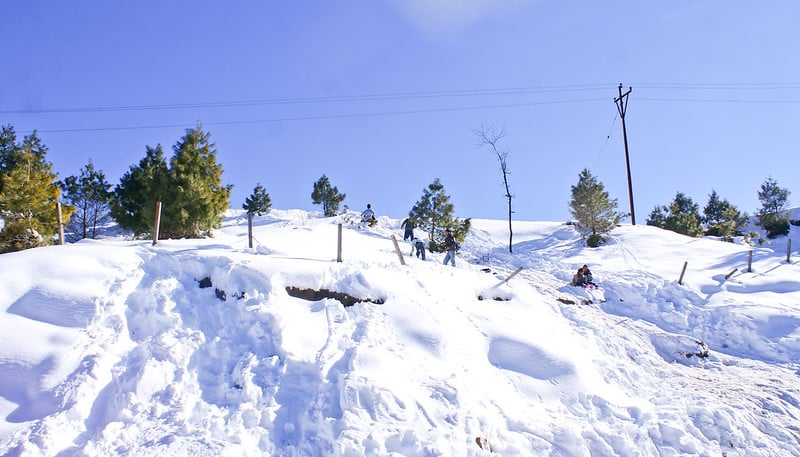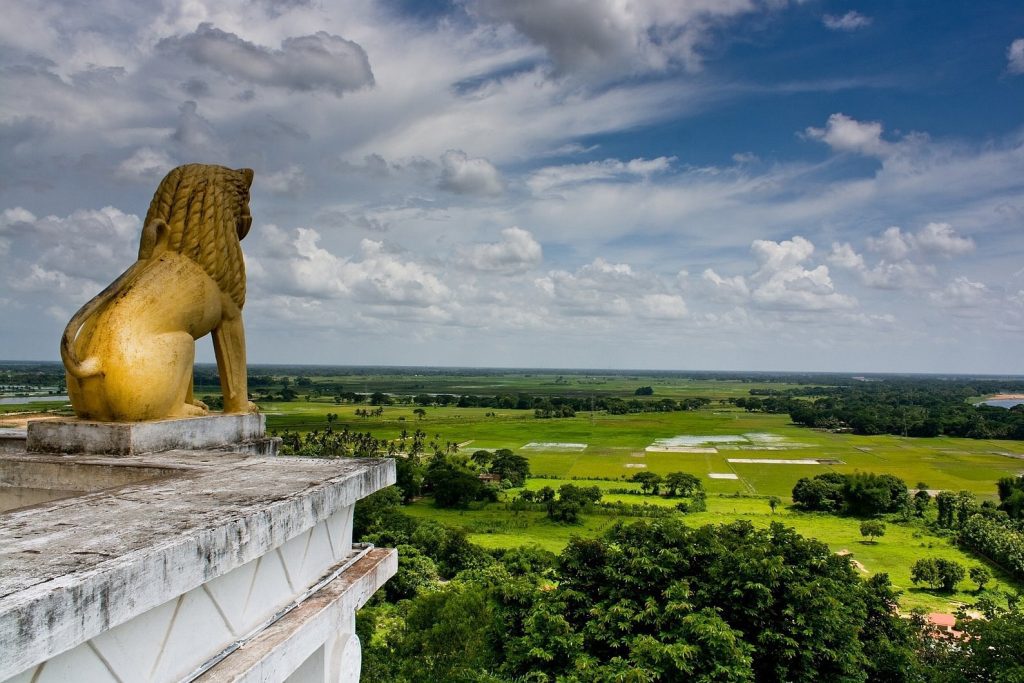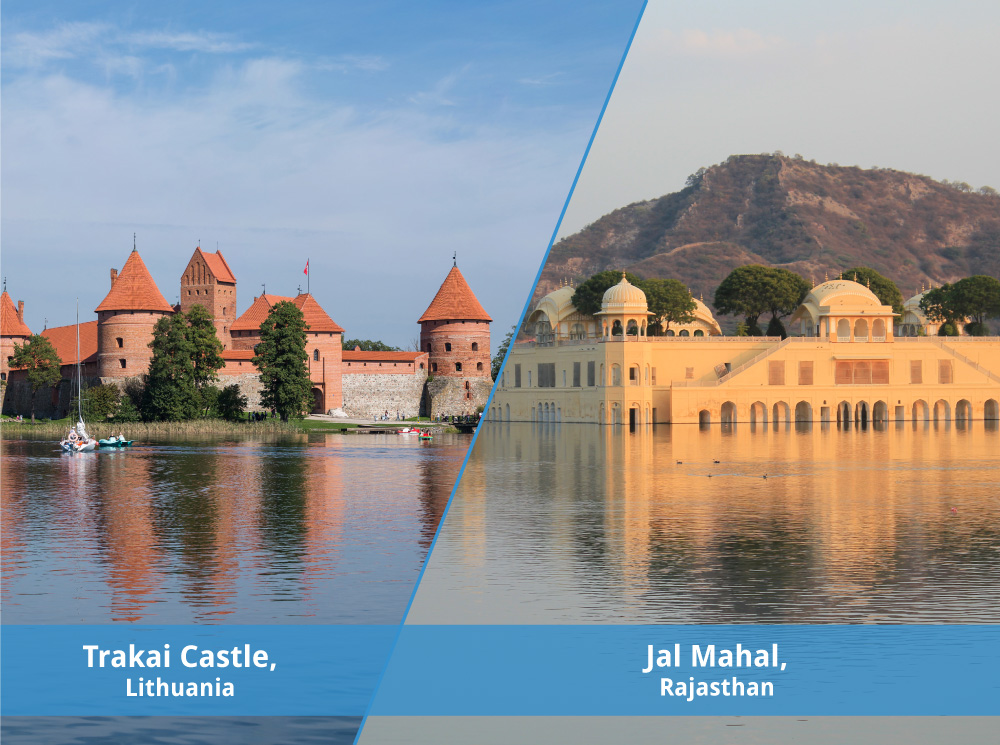Champaner Pavagadh Archeological Park is a concentration of archeological, historical, and cultural heritage sites dating back to the 16th century. It is located in the Panchmahal District of Gujarat, surrounded by an impressive landscape, and includes prehistoric sites. The site was also the state capital in the 16th century. This historical site that has achieved a large patronage recently is best explored by booking a cab from Ahmedabad or Vadodara.
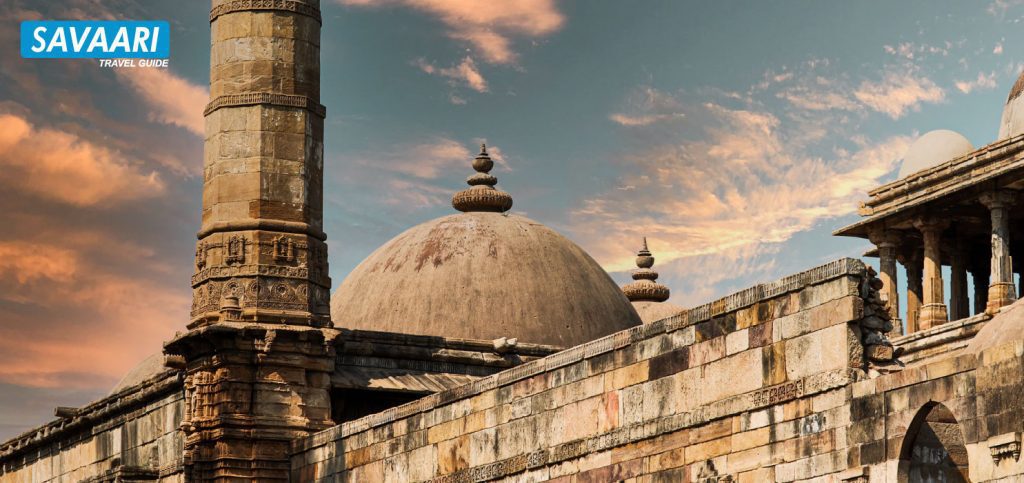
Table of Contents
- Things to do in Champaner Pavagadh
- More About Champaner Pavagadh
- How to Plan a trip to Champaner Pavagadh
- Places to stay in Champaner Pavagadh
Things to do in Champaner Pavagadh
The best thing to see and do here is to take a detailed tour of the Champaner Pavagadh Archaeological Park. There are palaces, arches, mosques, temples, tombs, residential quarters, granaries, military posts, stepwell and tanks that you can see and explore, all dating between 8th and 16th centuries.
Visit the Pavagadh Fort – The fort sits atop the Pavagadh Hill and houses ancient religious structures. You can trek up to the hill and also visit the Kali temple on the top. The long flight of stairs leads to the shrine on a cliff with great views of dense forests.
Explore the Helical Stepwell – The 16th-century stepped well features a 1.2-meter-wide staircase that spirals down from the ground. The architectural design of this well is quite unique in the region of its time, and makes it noteworthy.
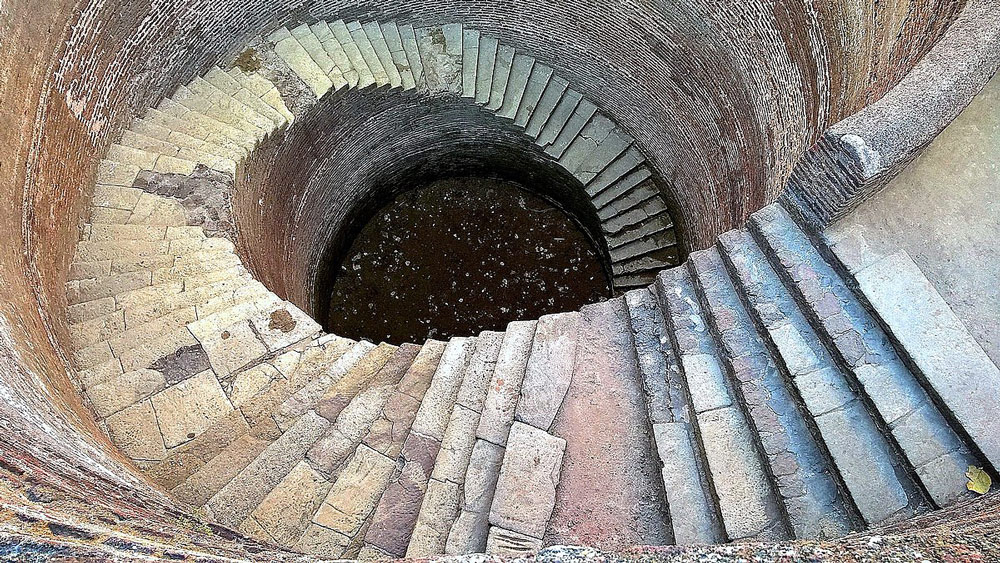
Famous Attractions in Champaner Pavagadh
Vadodara
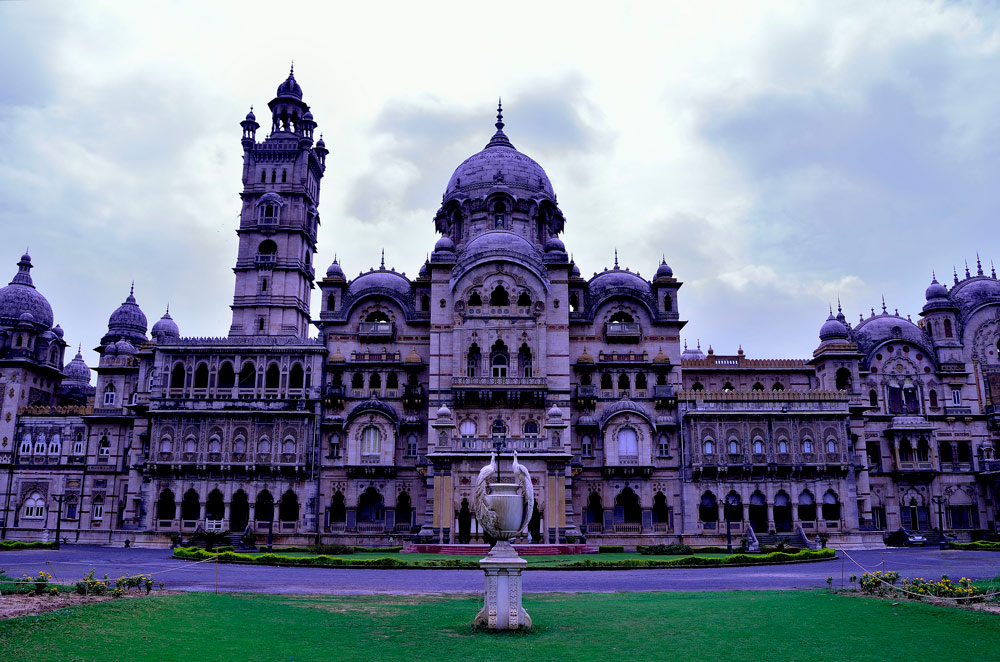
The 2000-year-old city and the second largest of Gujarat, Vadodara is a fascinating land of ancient palaces, monuments, old markets, temples, mosques, Navratri experience and set against modern establishments. You can more details about the place, by reading this blog. With many rulers, the city also a rich multicultural history and heritage.
- Timings: NA
- Entry Fee: NA
- Best time to visit: October to December for Navratri celebrations, January to March for outdoor activities.
- How to reach from Champaner Pavagadh: It is a 50 Km drive to Vadodara and takes about an hour and a half via Harni – Halol Road. You can book a local cab or a rent a car to travel from Champaner Pavagadh.
Kabirvad
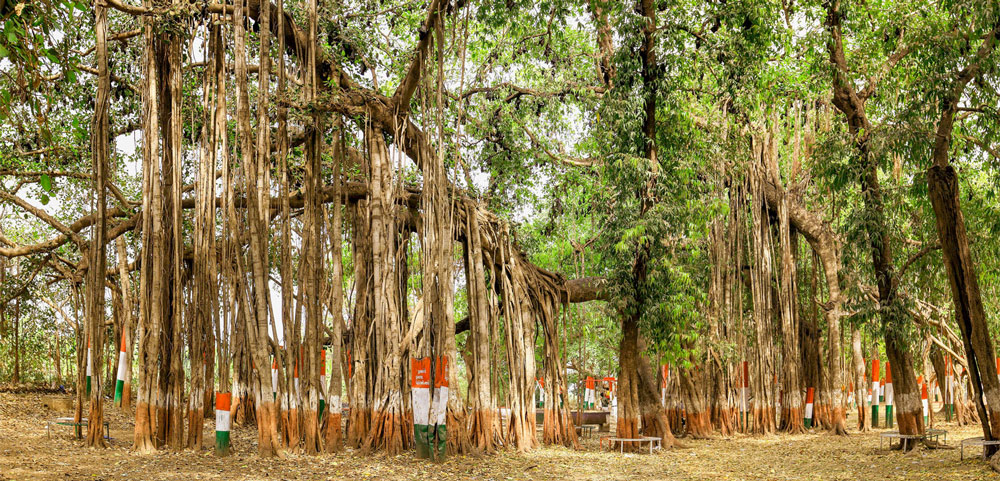
Kabirvad is a quiet and scenic river island located in the center of the Narmada River. Named after saint Kabir, the destination is also one of the few untouched places in the region. It is famous for an 800-year-old banyan tree covering an area of three kilometers. Surrounded by water body and greenery, Kabirvad makes for a serene nature and cultural spot. The Shuklatirth Shiva temple is also a popular pilgrimage site here.
- Timings: 24 Hours
- Entry Fee: Free
- Best time to visit: November to February
- How to reach from Champaner Pavgadh: You can reach Kabirvad by a boat ride from Kabirmadhi on the mainland. You can travel to Bharuch and then book a taxi or rental car to reach Kabirmadhi.
Places to Eat in Champaner Pavagadh
- Shiv Shakti Hotel
- Hotel Heritage
- Tea Post
- Hotel Valley
More About Champaner Pavagadh
History
The history of Champaner Pavgadh is also quite extensive and complex. The site is a joint township of the historical city of Champaner and Pavgadh Hill. Champaner was founded by Vanraj Chavda, the most prominent ruler of the Chavda Dynasty of the 8th century. He named the town after his Rajput general, Champa.
In the 11th century, the city came under the rule of Ram Gaur Tuar and remained so until 1297, when Alauddin Khalji, conquered the kingdom and made it the Sultanate’s stronghold. During this period, the Chauhan Rajputs had also settled in Champaner and the Solanki kings and Khichi Chauhans settled in Pavagadh Hill.
In the 13th century, the entire area was conquered by the Khichi Chauhan Rajputs, who built their first settlement on the top of Pavagadh Hill and fortified it with walls along the plateau below the hill. By 1484, the Turkish rulers of Gujarat conquered the hill fortress. It was under Sultan Mehmud Begda that Champaner Pavgadh became the capital of the province and embarked on what would become a historic phase for these twin towns. The settlement of Champaner was rebuilt and kept as the capital of Gujarat until 1536 until the rulers abandoned the place.
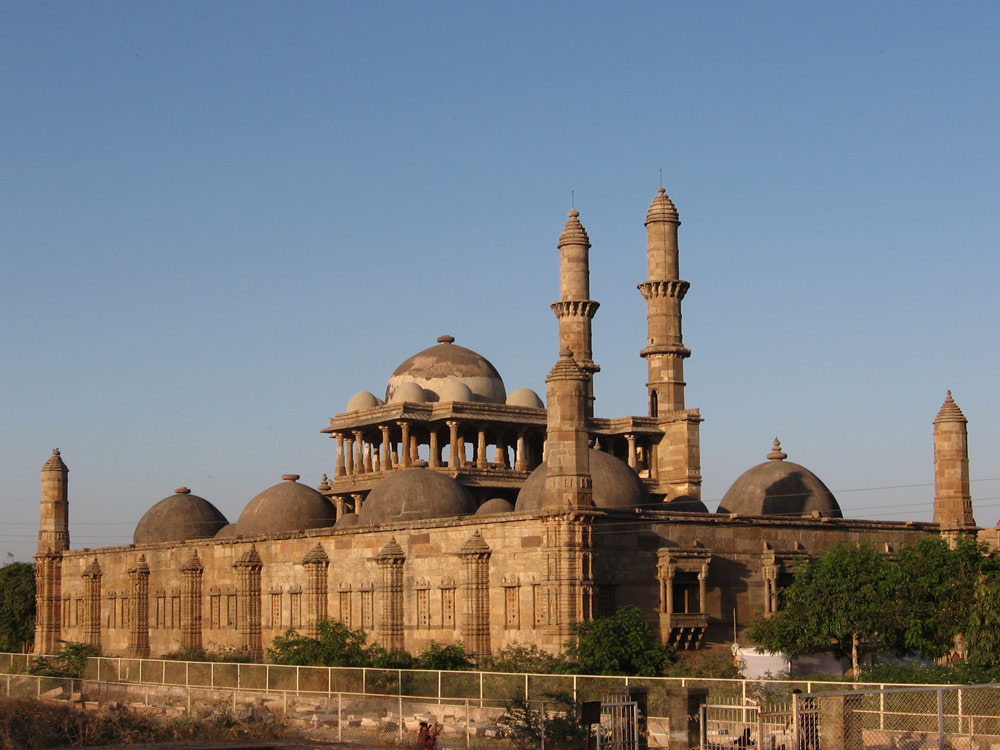
Architecture
- Most of the ruins are focused on Pavagadh Hill, which is also significant as a volcanic hill that rises 800 meters above the surrounding plains. The property now features remains of early settlements dating from prehistoric to medieval periods.
- The expansive area of 1329 hectares (with a buffer zone of 2812 hectares) comprised of 12 separate areas with palaces, religious buildings, residential precincts, and water-retaining installations, as well as the living village of Champaner.
- In its hay days, there were 11 types of buildings on this site including mosques, temples, tombs, wells, walls, terraces, granaries, etc.
- Archaeological findings list 114 monuments in the area, of which 39 have been discovered and maintained by the Archeological Survey of India.
The structures, sit mostly at the foothills of the Pavagadh hills. Champaner Pavagadh architecture represents a perfect blend of ancient Rajputana and Islamic architecture. The Great Mosque/ Jama Masjid housed therein, became the benchmark model for later mosque structures built in India.
A composite site of a 14th-century Hindu capital and a 16th-century Islamic capital, Champaner Pavgadh is a representation of the cultural heritage of Gujarat and makes for a major contribution to India’s history.
Most parts of the city, except for the major structural remains of the main buildings and forts, are either in ruins, or buried and unexcavated. But whatever remains, depict the essential features of the ancient township – royal estates, utility buildings, religious and cultural monuments, drainage systems, water supply installations, military structures, agricultural site, administrative buildings, etc.
In 1803, some British traders visited the town of Champaner and discovered it to be in ruins and wildly overgrown. They re-founded the town and for a brief period, became a great exporter of silk, with production facilities like washing and preparing raw silk. However, in 1812, a cholera epidemic wiped out a big chunk of the population. By 1828, after major colonization, the town was deserted again and later occupied only by native tribes.
It was only in recent decades that Champaner Pavgadh was rediscovered as an integral part of Gujarat’s heritage as well as a landmark of Indian history.
Hidden Facts
Apart from being an iconic historical site, Champaner Pavagadh is also regarded as a sacred ground. The Pavagadh Hill houses an ancient temple on the top, dedicated to Kali, and till date it enshrines an idol of deity Kalika. While the site might have become a deserted and derelict place, the temple still attracts pilgrims from all around and still remains a place of worship.
Another interesting fact about this site is its existence itself. The entire township of Champaner Pavagadh is the only complete and unchanged pre-Mughal Islamic city in India.
Champaner Pavagadh UNESCO World Heritage Site
The Baroda Heritage Trust took the initiative of putting Champaner Pavagadh on the global map as a major tourist attraction and a heritage site worthy of being noticed. The entire complex of Champaner Pavagadh, including its natural landscape, archeological ruins, and cultural context, is an ensemble of prehistoric and early- and late-medieval period royal, sophisticated, and ordinary settlements and buildings communities. It is also one of its kind from its period. With such outstanding universal value and heritage, UNESCO declared Champaner Pavagadh as a World Heritage Site in 2004.
How to Plan a Trip to Champaner Pavagadh
How to Reach Champaner Pavagadh
Champaner Pavgadh is well-connected to rest of Gujarat and other states by road, rail, and air.
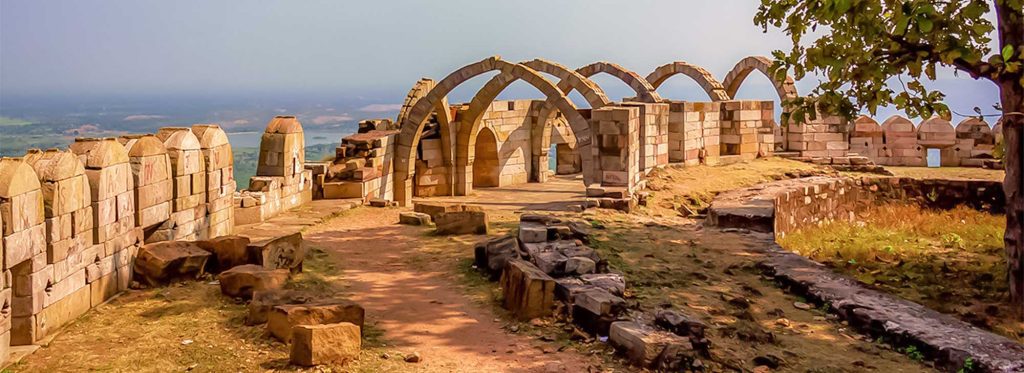
By Train
The nearest railway station is Champaner station in Khakariya. But it is small and is 20-30 Km from the site. Vadodara is the nearest major railway junction, 53 KM away, with connectivity to all major cities and towns in India. You can book a local cab or rent a car from either of these stations to reach the site.
By Road
The nearest and closes bus stand is the Champaner ST Depot, at a five-minute walk. There are several state-run buses available from Ahmedabad and Vadodara to Champaner. Alternatively, you can also book a cab or rent a car from other major towns and cities of Gujarat to reach Champaner Pavgadh.
By Flight
Champaner Pavagadh is served by Vadodara Airport. It is located about 52 KM away and takes about an hour and a half to travel. The nearest international airport in at Ahmedabad, at 125 KM away. From either of these places, you can book an Ahmedabad airport taxi or a local cab and car rental to travel to Champaner Pavgadh.
Best time to visit Champaner Pavagadh
Champaner Pavgadh sits in the interiors of Gujarat and experiences plateau weather. Summers are hot and humid, with extreme heat. Winters are cold and pleasant. Hence, the best time to visit Champaner Pavagadh is between October and February, when the weather is cool and good for exploring outdoors.
Places to Stay in Champaner Pavagadh
- Champaner Heritage Resort
- Champaner Hotel GTDC
- Mount Heritage Resort
- Wildnerness Homestay Property
- Vananachal Resort
- The Mango Orchard Resort
Download our Savaari car Booking app for a smooth and pleasant journey.
Last Updated on December 14, 2023 by Arathy Subhash Marath




